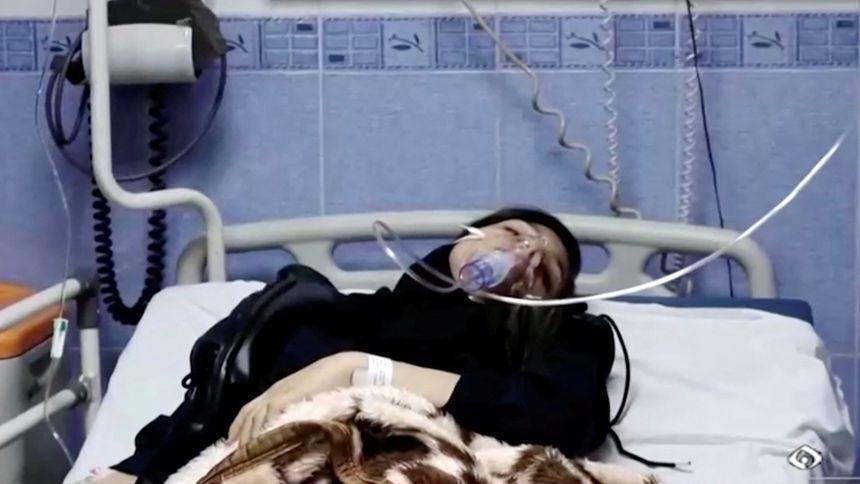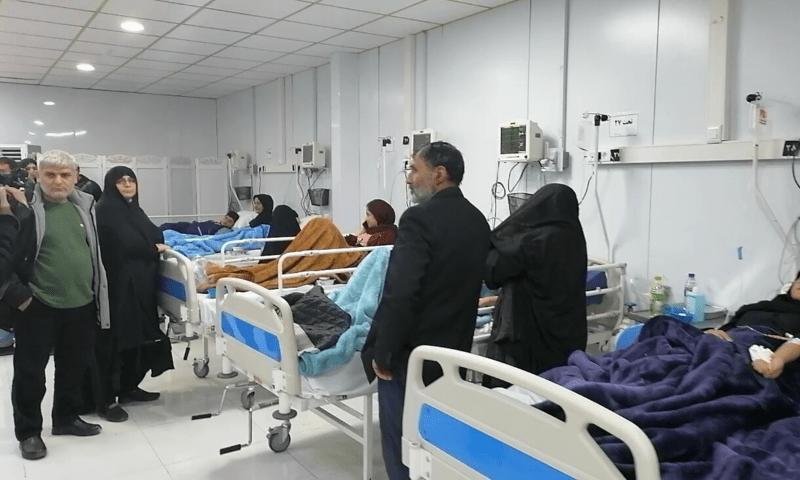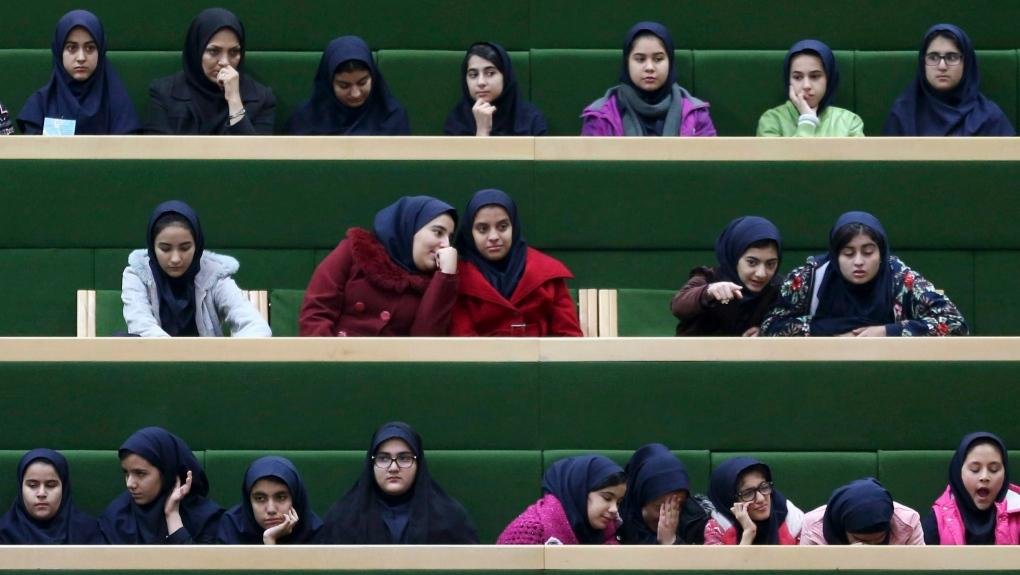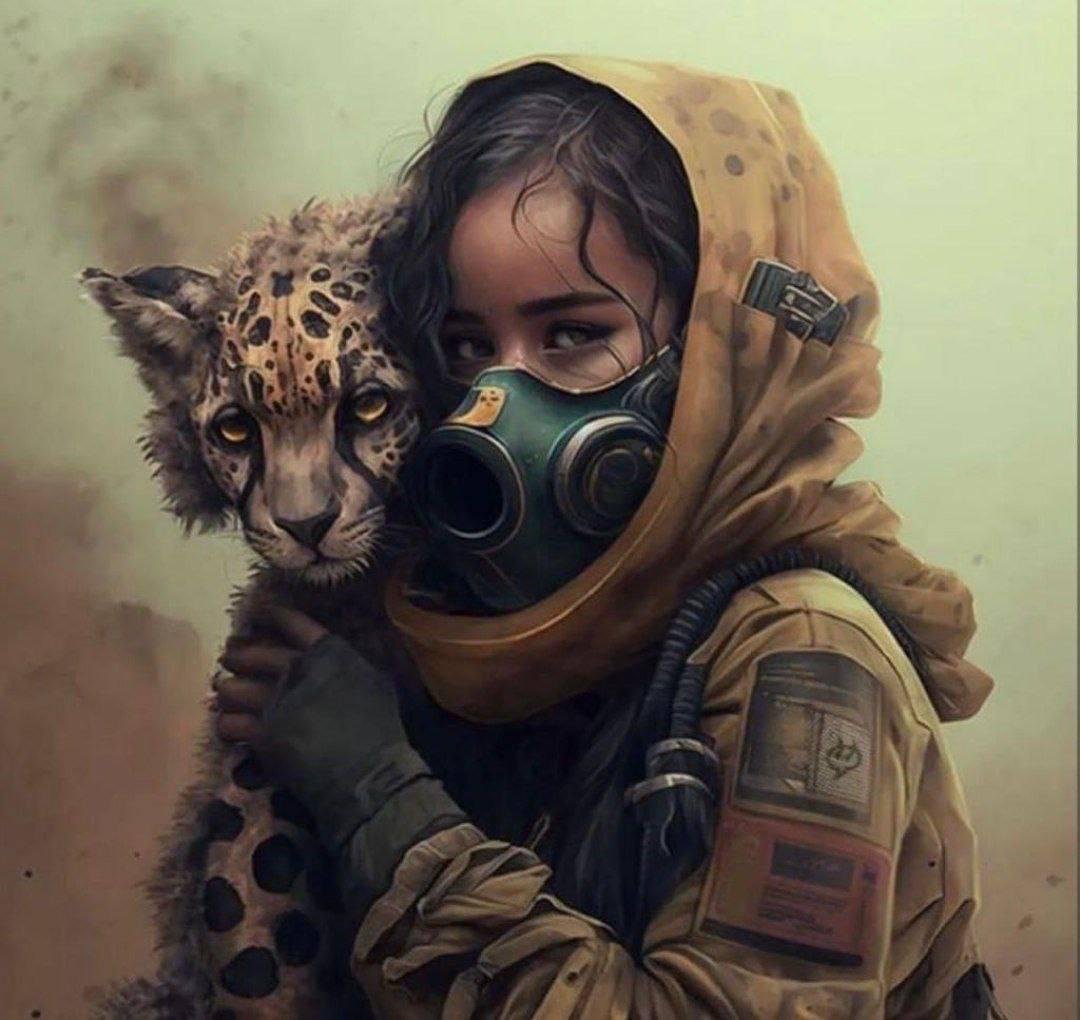Who stands behind mysterious poisoning of schoolgirls in Iran? Shereshevskiy's analysis
More cases of mysterious poisoning of Iranian schoolgirls were reported in several provinces. Girls and boys attend different schools in this country. It is the girls' schools that have been targeted. This week alone, more than 1,000 female students in more than 50 schools are reported to have been affected. The poisonings were first reported in late November 2022, but reports of the problem have increased in recent weeks. Some eyewitnesses, according to the Israeli Jerusalem Post, have reported popping or silent explosions on school grounds and a pungent foul smell, followed by students complaining of malaise.
Iranian authorities say they are investigating. Iranian Deputy Education Minister Younes Panahi told reporters, "After the poisoning of several female students in Qom, it emerged that some people wanted all schools, especially girls' schools, closed down. It turned out that the chemical compounds used to poison the students are not combat chemicals, the poisoned female students do not need aggressive treatment."

Dr. Khomeyun Sameyya Najafabadi, a member of the parliamentary health committee, said, "The poisoning of schoolgirls in towns like Qom and Borujerd was deliberate".
Vahid Jalalzadeh, head of the Iranian parliament's National Security and Foreign Policy Commission, said authorities were investigating to see "whether foreigners commit the poisonings".
On the other hand, the 1500tasvir account, which covers anti-government protests in Iran, reported that some students saw plainclothes security agents outside schools just before the poisonings.

Speaking to the British Guardian, a doctor specialising in the treatment of poisoning victims said: "Given the available evidence, a weak organophosphorus compound could be the most likely cause of the poisoning". He believes the poisoners' motive was to intimidate protesters using radical Islamist groups inside and outside the country: "They want revenge on schoolgirls who took part in the recent protests. Never before have I treated people poisoned by organophosphorus agents. The only cases I have treated were workers who were exposed to these substances contained in agricultural pesticides."
In the mass protests that began in Iran on September 16 last year after the vice police beat to death a young woman, Mahsa Amini, for wearing the hijab "improperly", young girls, schoolgirls, and female students were perhaps the most active part of the protesters. Many stopped wearing the hijab, which is compulsory under IRI law, after these events. As a result of the crackdown, more than 500 people were killed and some 18,000 were arrested. Some rioters were sentenced to death and then executed.
Therefore, many critics of the regime attribute the attacks on schoolgirls to revenge against the protesters of the regime. For example, the parents of the girls staged a protest outside the office of Qom's governor. In another case, they attacked a regime supporter who said that "Israel poisoned the schoolgirls" before chanting "Death to the dictatorship!" Some protesters were arrested.

A video emerged on social media showing one of the basiji dragging the outraged mother of a poisoned girl by her hair. Calls began circulating to identify him, and it was done almost instantly - users found and published the enforcer's photo and address. Now his life is in danger: the protesters in Iran are far from Mahatma Gandhi-inspired non-violence - they have already killed around 50 regime supporters who took part in the street violence.
Nevertheless, many girls have stopped going to school. A teacher in Qom town told opposition Radio Farda that only 50 out of 250 female students were attending classes.
Masih Alinejad, an Iranian human rights activist living in the US, told The Guardian, "In my opinion, this chemical attack is the Islamic Republic's revenge on the brave women who rejected the mandatory hijab and shook Khamenei's 'Berlin Wall'. As the Iranian regime hates girls and women, I call on women around the world - especially schoolgirls - to be the voice of Iranian students and to call on democratic leaders to condemn this series of poisonings and isolate the Khamenei regime. I call it biological terrorism and it must be investigated by the UN. We need a third party to investigate as soon as possible".
For his part, Fazel Meibodi, a member of the Qom Theological Seminary teaching community, said a religious group known as the Hazarists, the Shia version of the Taliban, were behind the attacks: "The Hazarists are committing these acts. These are not random poisonings. A movement similar to the Taliban is behind these poisonings. The Taliban don't allow girls to go to university, and this group believes that a girl should study up to third grade at the most... I am surprised that the government and intelligence agencies have not investigated these cases and brought clarity by explaining to the people what happened."

The attacks on the students happened to coincide with another event. On 28 February, Pirouz, the last of the rarest local subspecies of cheetah, died at a veterinary clinic in Tehran. It has become an iconic animal in Iran, and its fate has been closely watched by many. Pirouz and the species' danger of extinction (only 12 individuals remain in the wild) are mentioned in the song "Baraye", which has become popular among protesters and has become an informal anthem of the uprising. Pirouz's death was received grimly by social media users, who blamed the authorities for not taking enough care of the cub. It is hard to say whether the accusations are true or not, but the IRI authorities have reacted in their usual peculiar and disgusting manner. They posted on social media a photograph of a dead animal being skinned and stabbed and said they would stuff it. This sparked a new wave of outrage.
We do not know whether the Iranian authorities were responsible for the poisoning of the schoolgirls, nor do we know whether they realised what they were doing by publishing a photograph with the mutilated body of the much-loved Pirouz. But in any case, the latest events demonstrate the language in which communication between the public and the authorities takes place.
According to opinion polls, 60-70 per cent of Iranians are opposed to the regime. There is little doubt that the blood-soaked protests, which subsided somewhat in January and February, will resume with renewed vigour after a while.
In the aftermath of these events, a picture of a schoolgirl wearing a gas mask with Pirouz in her arms went viral on Iranian social networks...








